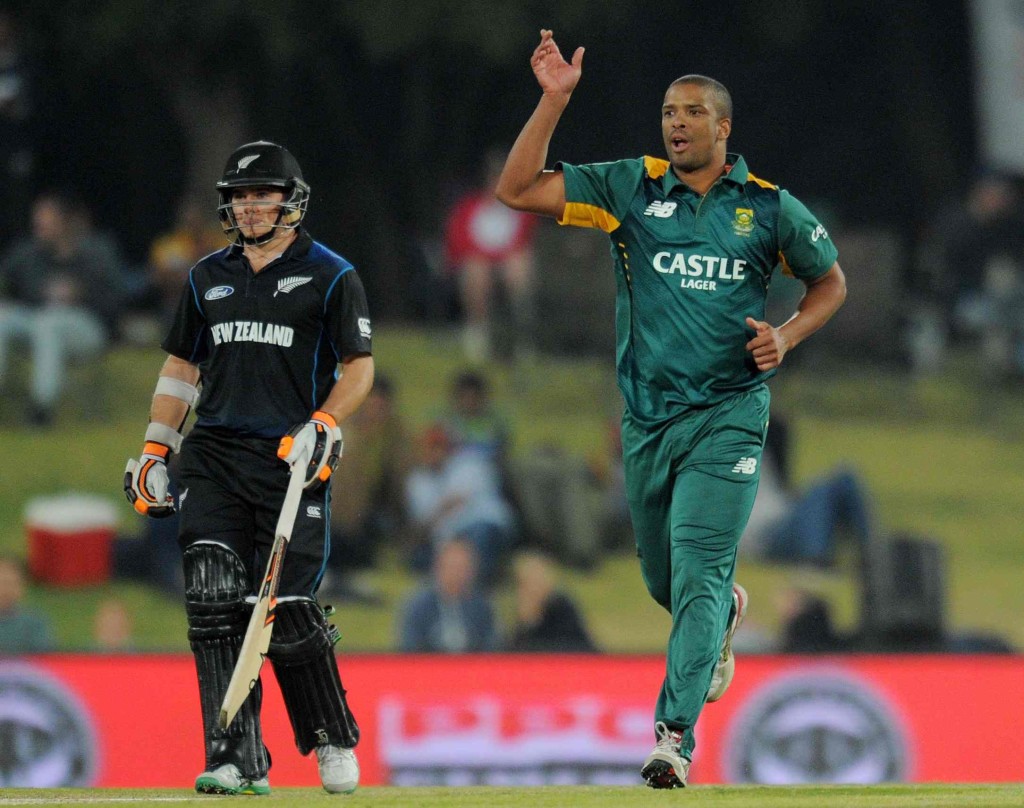With Kagiso Rabada’s rapid rise, does Vernon Philander have a future in One-Day International cricket?
The easy answer is ‘no, his time is probably up’. Although Rabada is only 20 years old and needs to be managed, he has done exceptionally well since making his record-breaking debut against Bangladesh in July.
His 6-16 on debut included a hat-trick and were the best figures by a South African bowler in ODIs and by any debutant. Rabada’s effort bettered Makhaya Ntini’s 6-22 against Australia in 2006, which was South Africa’s best haul in an ODI before that.
Philander wasn’t picked for that series, but did return in the home series against New Zealand where he played in the first two games. When Dale Steyn and Morne Morkel do play in an ODI series, it’s hard to see Philander in the mix.
Since Bangladesh Rabada has been preferred ahead of Kyle Abbott, especially when Steyn and Morkel are playing. Abbott comes in the moment one of them gets injured or rested, while Philander is now probably third in line.
It’s interesting. Philander made his ODI debut back in 2007 but after underwhelming performances he was dropped in 2008 after the tour to England and spent four years in the international desert.
The 30-year-old made a sensational start to his Test career in November 2011, but only played one ODI in 2012. The feeling then was that Philander had developed into a fantastic bowler, but that his style and impact were better suited to Test cricket and he was subsequently dubbed a ‘Test specialist’.
His next ODI came almost two years later in November 2013 against Pakistan, and an argument had begun to develop that, with Philander continuing to shine with the red ball, surely he could translate that form into the 50-over format on a consistent basis. And so he became a regular in the ODI side again leading up to and including the World Cup.
Kyle Abbott was the unlucky victim in that selection headache, but he stepped up nicely when Philander suffered a hamstring injury during the group stage and missed a few games. Abbott did so well in Philander’s absence that the general feeling was he should keep his place for the semi-final against New Zealand. But interference from the top allegedly intervened and Philander, short on match fitness for a crucial game, was included ahead of Abbott for transformation reasons.
The controversial debacle overshadowed the result and South Africa’s World Cup exit and now Philander, for the first time since making his Test debut, finds himself fighting for his international future.
What counts in his favour is the fact that he still remains South Africa’s best option at No 7 in ODIs. His batting is good enough and as an all-rounder it improves the balance of the side. But if he can’t consistently perform with the ball, which is his main priority, is it worth keeping him around?
Philander is expected to be selected for the ODI squad when England tour South Africa and if he plays one suspects that it might be his last chance to prove his worth.
The next generation is knocking on the door. How long can Philander keep it closed?







